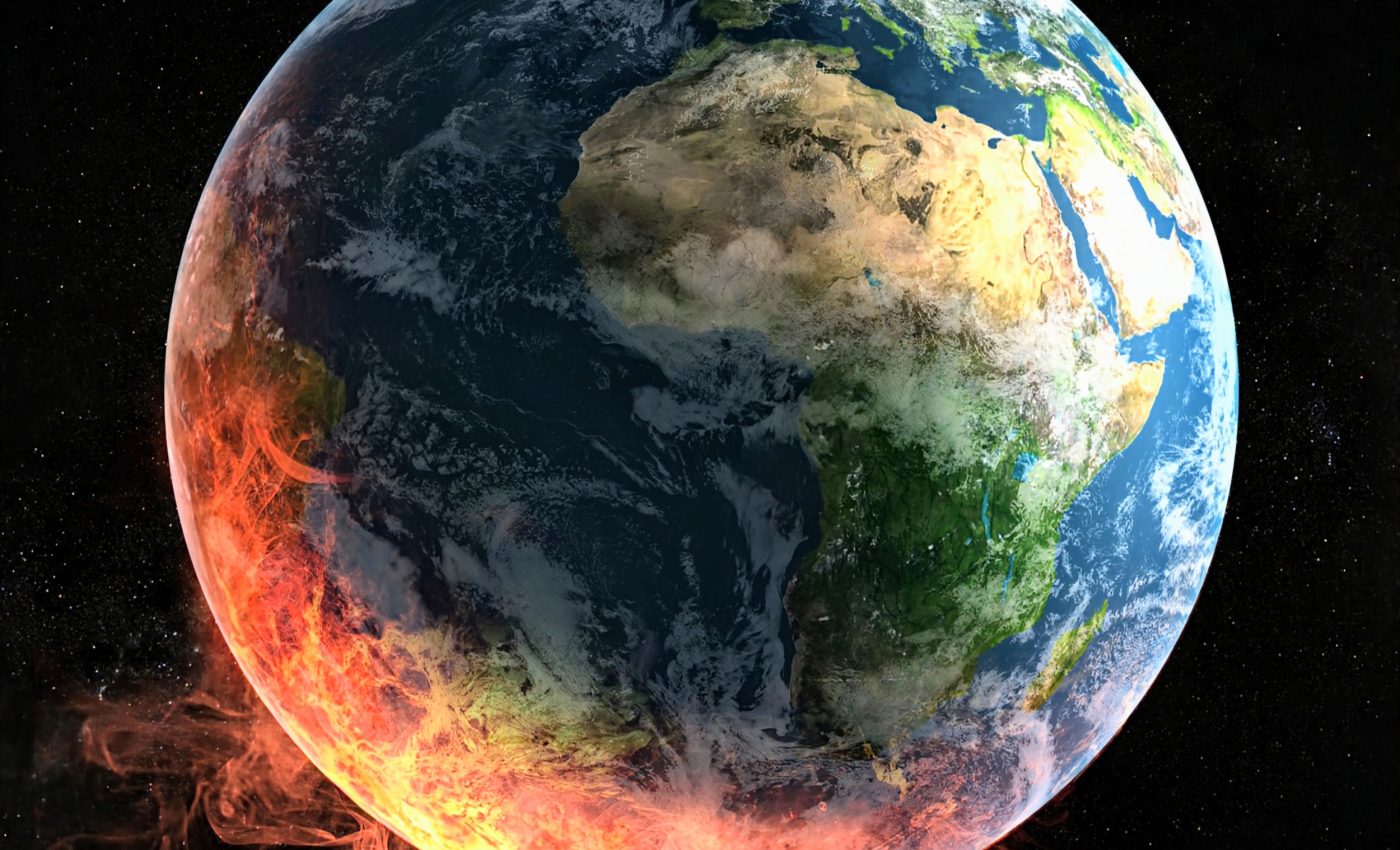
Extreme heat of 2023 weakened Earth's carbon storage capacity
The scorching heatwaves we experience, the wildfires that rage across nations, and the invisible carbon dioxide that fills the air are severely impacting our planet.
In 2023, the world saw extreme heatwaves that fueled substantial wildfires and induced severe droughts across the globe.
What’s more, these adverse conditions significantly weakened the land’s ability to absorb atmospheric carbon.
The result? A notable surge in atmospheric carbon dioxide levels, growing the scale of concern about accelerating climate change.
Heat and atmospheric carbon
Data from Hawaii’s Mauna Loa Observatory showed that atmospheric carbon concentrations skyrocketed by an alarming 86% in 2023 compared to 2012. This increase sets a new record high since tracking of these levels began in 1958.
Interestingly, the rise in carbon dioxide levels cannot solely be pointed towards fossil fuel emissions. These, it seems, only rose by roughly 0.6 percent.
So, what’s the primary culprit behind the spike in emissions? It’s likely due to weakened carbon absorption by natural ecosystems.
Weakened carbon sink
An international team of scientists backed by the ESA Science for Society Near-Realtime Carbon Extremes project – along with the Climate Change Initiative RECCAP-2 project – set out to investigate the root causes of this event.
The experts used global vegetation models and satellite data to expedite a carbon budget report for 2023.
Land typically absorbs about one-third of human-generated carbon dioxide emissions. However, in 2023, this absorption capacity fell to a mere one-fifth of its usual level, marking the weakest performance by land carbon sink in two decades.
Extreme heat and carbon storage capacity
“Our research shows that 30% of this decline was driven by the extreme heat of 2023, which fueled massive wildfires that ravaged vast areas of Canadian forest and triggered severe drought across parts of the Amazon rainforest,” said Philippe Ciais, a scientist from France’s Laboratory for Climate and Environmental Sciences.
“These fires and droughts led to substantial vegetation loss, weakening the land ecosystem’s ability to absorb carbon dioxide. This was further compounded by a particularly strong El Niño, which historically reduces the carbon absorption capacity in the Tropics.”
The situation was made worse by a particularly potent El Niño, which historically reduces carbon absorption capacity in the tropics.
Carbon emitted from wildfires
Widespread wildfires across Canada and droughts in the Amazon in 2023 released nearly the same amount of carbon to the atmosphere as North America’s total fossil fuel emissions.
This finding highlights the severe impact of climate change on natural ecosystems.
The Amazon rainforest, one of the planet’s most essential carbon sinks, is showing signs of long-term distress. Some regions of the Amazon that no longer absorb carbon have shifted into net sources of carbon emissions.
Earth’s declining capacity to absorb carbon
The declining capacity of Earth’s land ecosystems to absorb carbon dioxide may signify that these natural carbon sinks are nearing their limits.
They won’t be able to continue to provide the mitigation service of absorbing half of human-induced carbon dioxide emissions.
“Consequently, achieving safe global warming limits will require even more ambitious emission reductions than previously anticipated,” Ciais adds.
Saving Earth’s carbon cycle
The study also highlights that current climate models might be underestimating the pace and impact of extreme events such as droughts and fires on the degradation of these crucial carbon reservoirs.
“Understanding the knock-on effects of climate change on the carbon cycle is imperative, and the two ESA study projects demonstrate the importance of Earth observation in developing methodologies to provide rapid assessment of these impacts globally,” said Stephen Plummer, ESA Earth Observation Applications Scientist.
“These results are particularly alarming, especially considering the difficulty the world is having limiting warming to 1.5°C, as laid out in the Paris Agreement,” noted Clement Albergel, ESA’s Acting Head of the Actionable Climate Information Section.
Given these alarming revelations, it’s vital that we ask ourselves: how can we contribute to mitigating these effects? Can we consume less, recycle more, and seek out greener alternatives in our daily lives? The need for climate action could not be more urgent.
The study is published in the journal National Science Review.
—–
Like what you read? Subscribe to our newsletter for engaging articles, exclusive content, and the latest updates.
Check us out on EarthSnap, a free app brought to you by Eric Ralls and Earth.com.
—–













